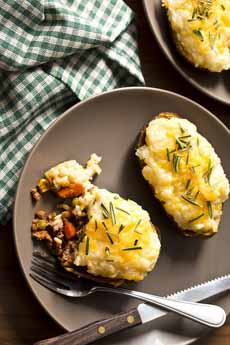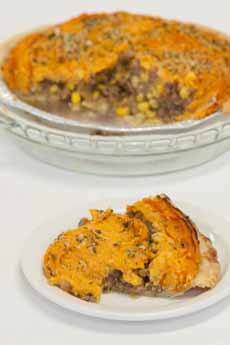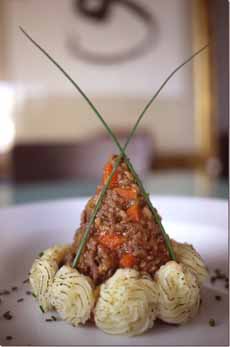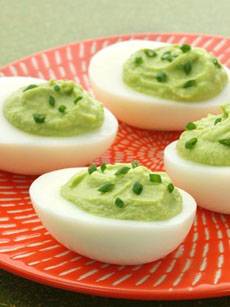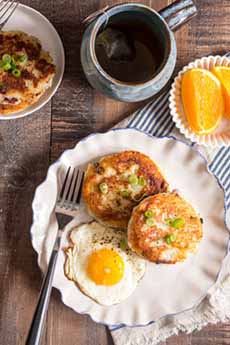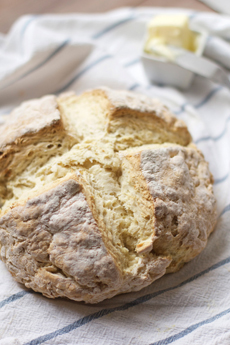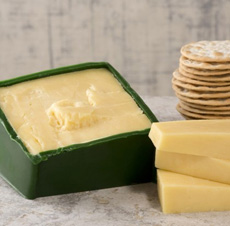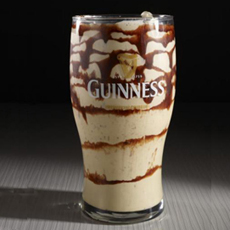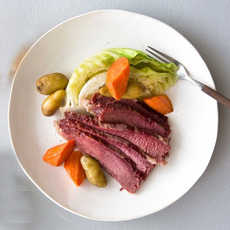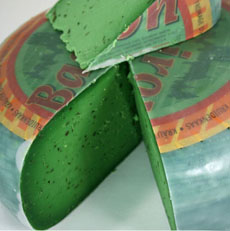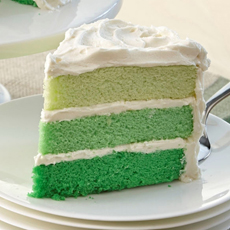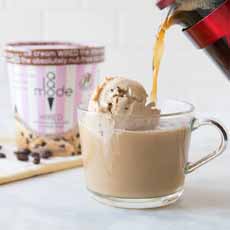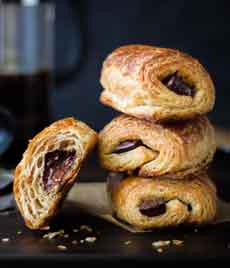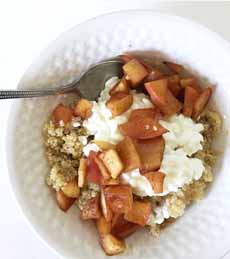
[1] Quinoa porridge topped with spiced apples and cottage cheese (photo © Muuna).
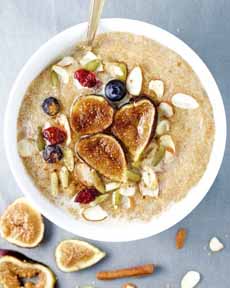
[2] Amaranth porridge with almond milk and maple syrup. Here’s the recipe from Food Heaven Made Easy (photo © Food From Heaven Made Easy).
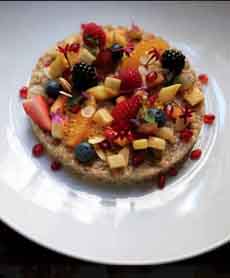
[3] Elegant presentation: cooked farro pressed into a ring mold, unmolded and topped with fruit, at Villard Restaurant | Lotte New York Palace Hotel (photo © Lotte New York Palace Hotel).
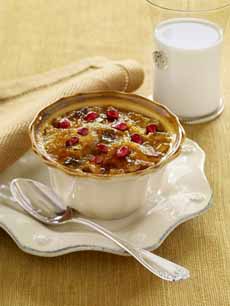
[4] Special occasion Porridge Brûlée. Here’s the recipe from Pom Wonderful (photo © Pom Wonderful).
|
|
We love oatmeal, a whole-grain comfort food that warms the belly in the morning.
If you’re an oatmeal fan, you may have had other common types of porridge:
Cornmeal (Indian Pudding)
Cream of Wheat, made from wheat farina (farina = finely milled)
Cream of Rice, made from rice
Grits (polenta), made from corn
Wheatena, made from toasted wheat, giving it a nutty taste
If you like food adventures, searching for new taste experiences, venture into alternative grain porridge territory.
In fact, the same grains that have become popular for sides at dinner and grain bowls at lunch are equally delicious in the cereal bowl, with milk, fruit and sweetener.
ALTERNATIVE GRAIN CEREALS
Amaranth
Farro (emmer wheat)
Millet
Quinoa
Sorghum
Teff
Others, like barley and wild rice (the Colonists ate popped popcorn as a breakfast cereal)
If your market doesn’t carry them, you can find them at a natural foods store, including Whole Foods.
If you have leftovers from dinner, heat them up and serve with your favorite breakfast cereal toppings.
Bonus: All of these are whole grain cereals. A longer list of whole grains, plus why you need to eat them.
Bonus Tip: We also heat our cereal milk in the microwave. Aside from adding to the comfort food level, it keeps the cereal warmer, longer.
HOT CEREAL TOPPINGS
As with oatmeal, the sky’s the limit; or at least, the kitchen ceiling is.
Use whatever you have to add flavor dimensions to your bowl of porridge:
Alternative sweeteners: agave, coconut sugar, maple syrup/sugar, molasses/sorghum, raw sugar, vanilla sugar, etc. (more types)
Cacao nibs, chocolate chips, a sprinkle of cocoa mix
Crunch: crumbled graham crackers or granola
Different non-caloric sweeteners
Fresh or dried fruits, including shredded coconut
Jams, preserves, chutneys
Milk or milk substitutes
Milk products: cottage cheese, mascarpone, ricotta, yogurt
Nuts and seeds
Nut butters: almond, cashew, peanut
Savory toppings: bacon, chopped herbs, crumbled sausage, crumbled/shredded cheese, fried or poached egg, scallions, other vegetables (chopped tomatoes, corn, spinach, etc.)
Spices and extracts (try cardamom, cinnamon, clove, nutmeg, vanilla extract)
WHAT IS PORRIDGE?
Porridge is a dish made by boiling ground, crushed, or chopped cereal grains in water or milk. It is alternatively known as gruel, hot cereal and mush.
Optional flavorings can be added, from spices to fruits or cheese.
Porridge is usually served hot for breakfast, in a bowl or dish. It may be sweetened with sugar or served as a savory dish (cheese grits is an example).
|
